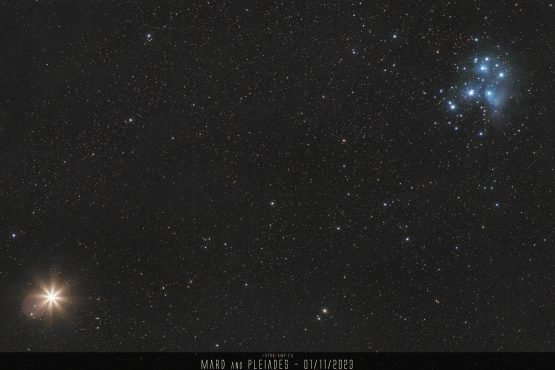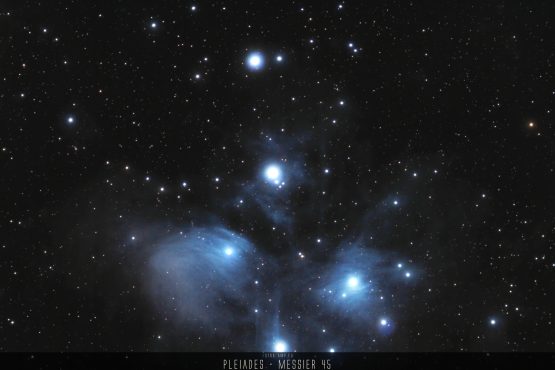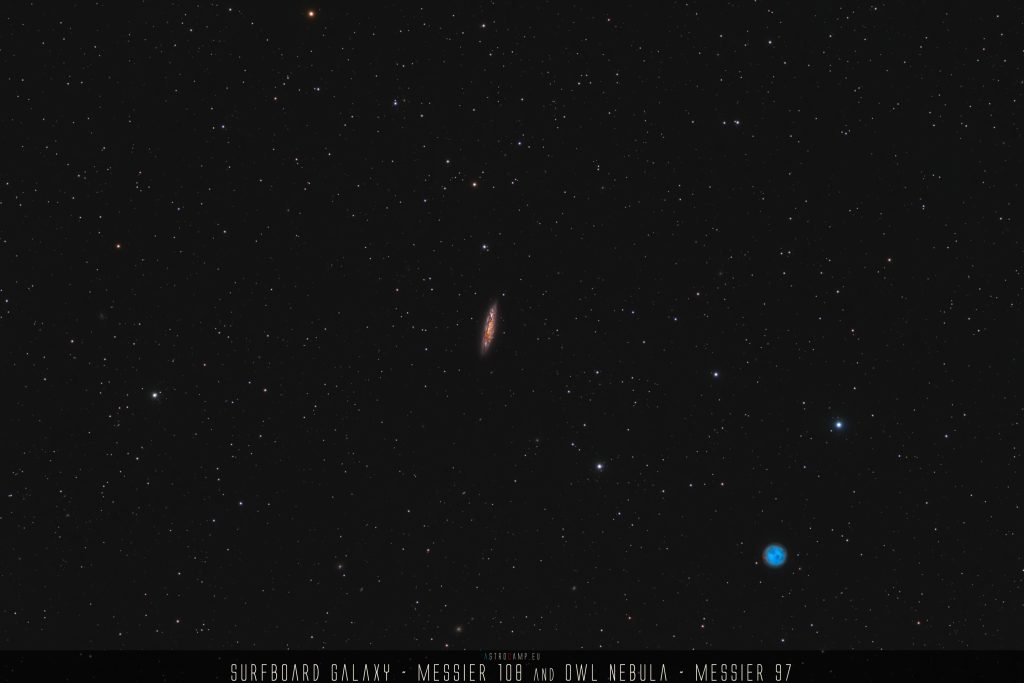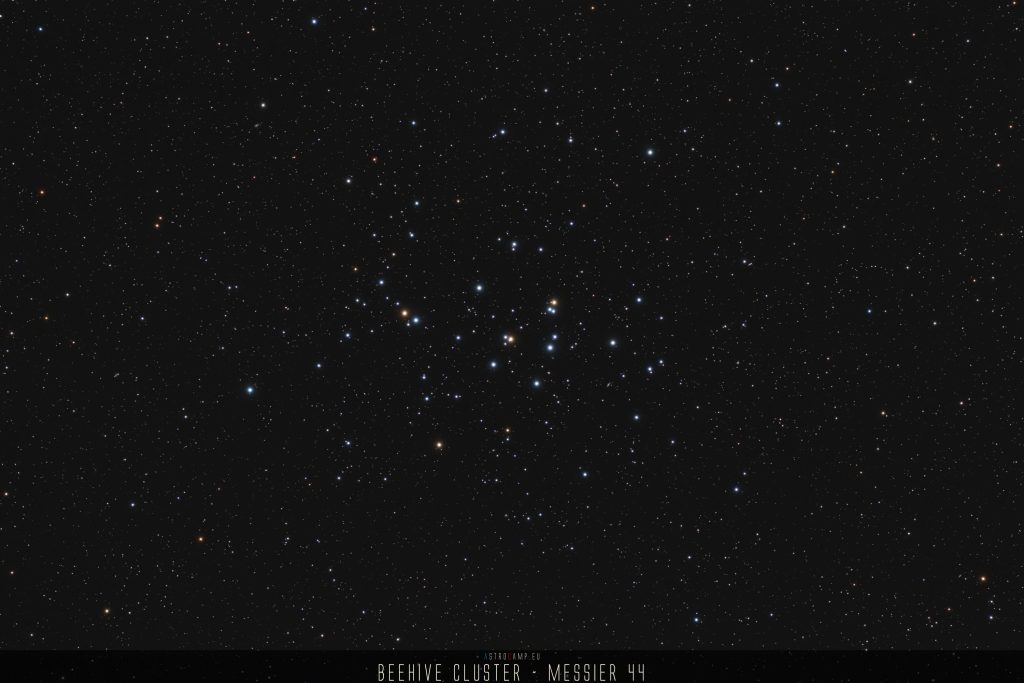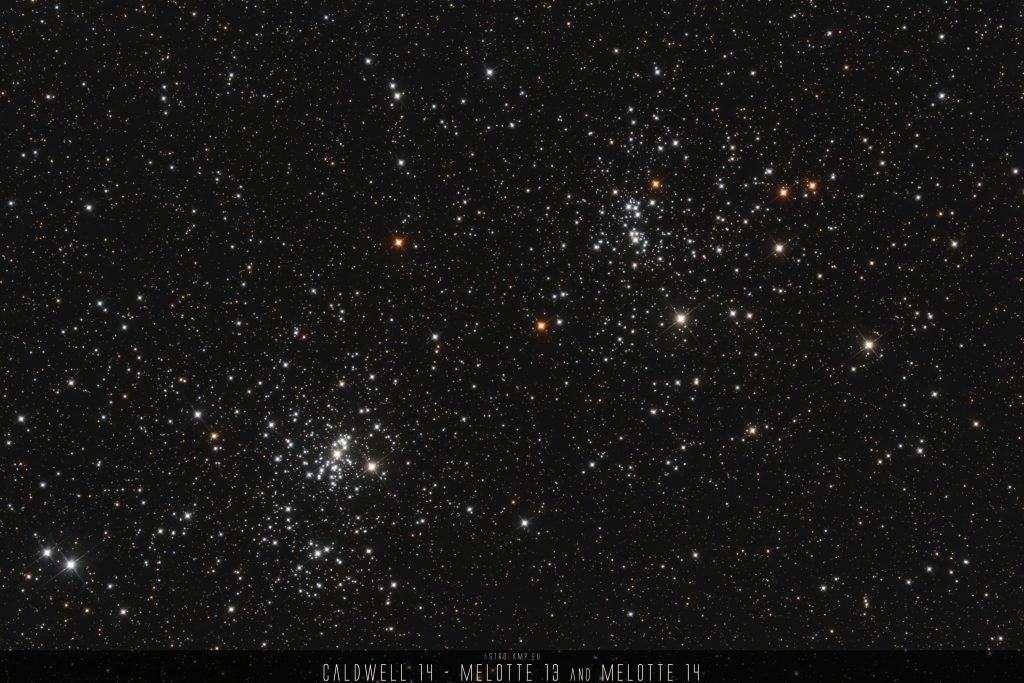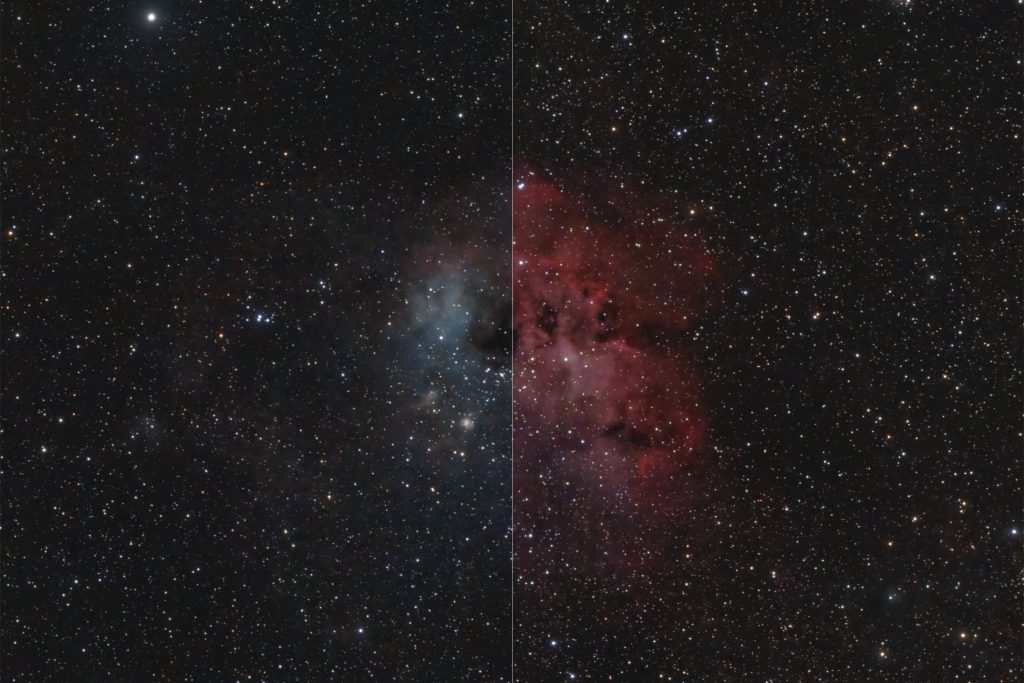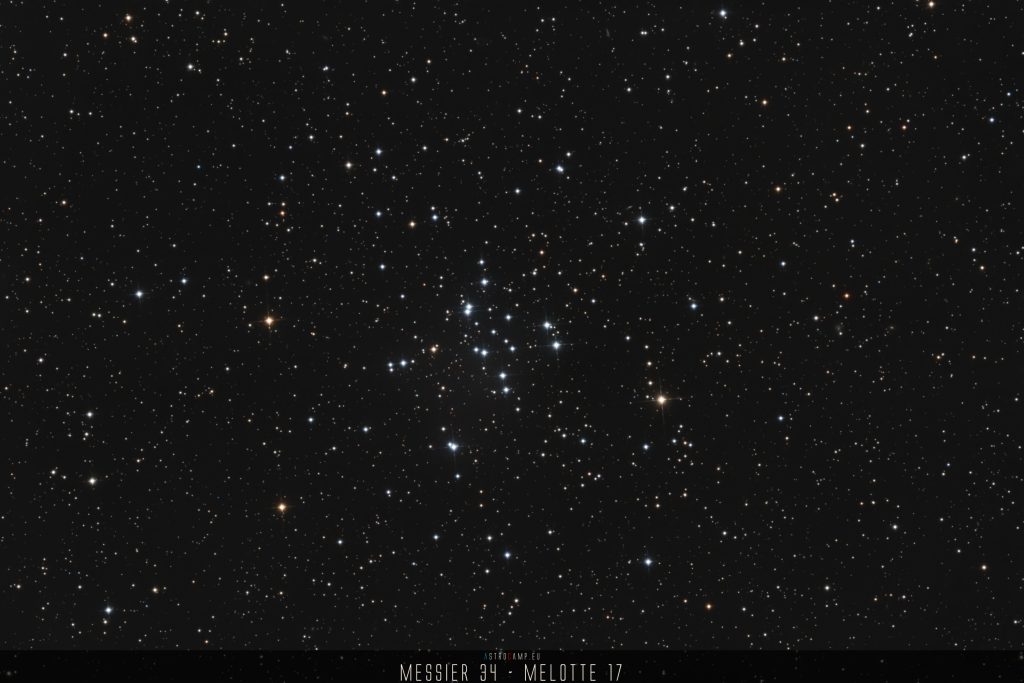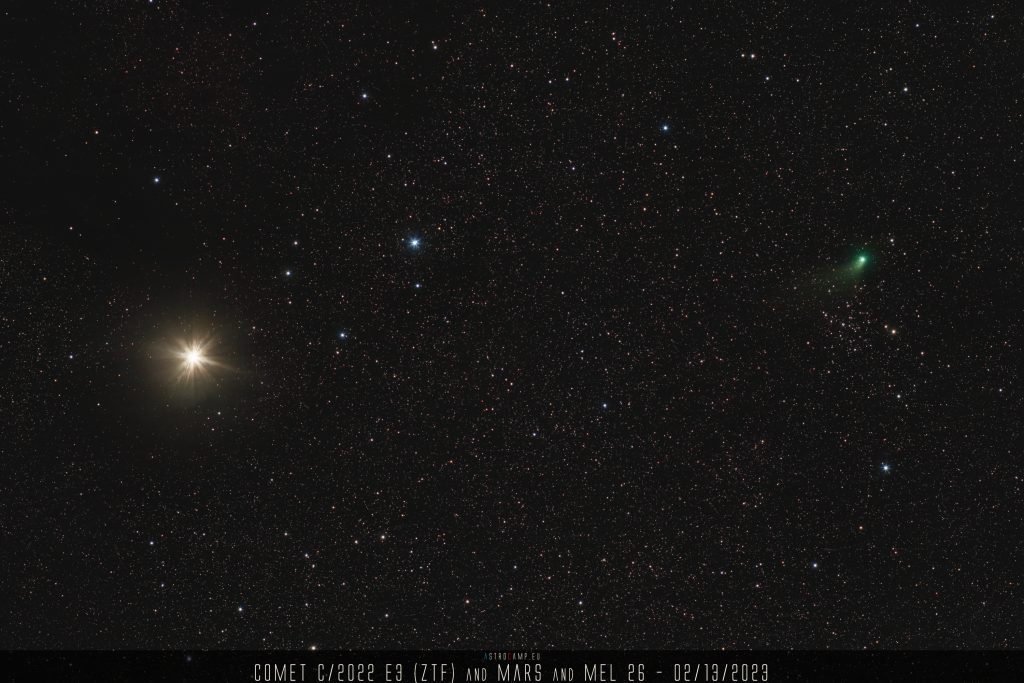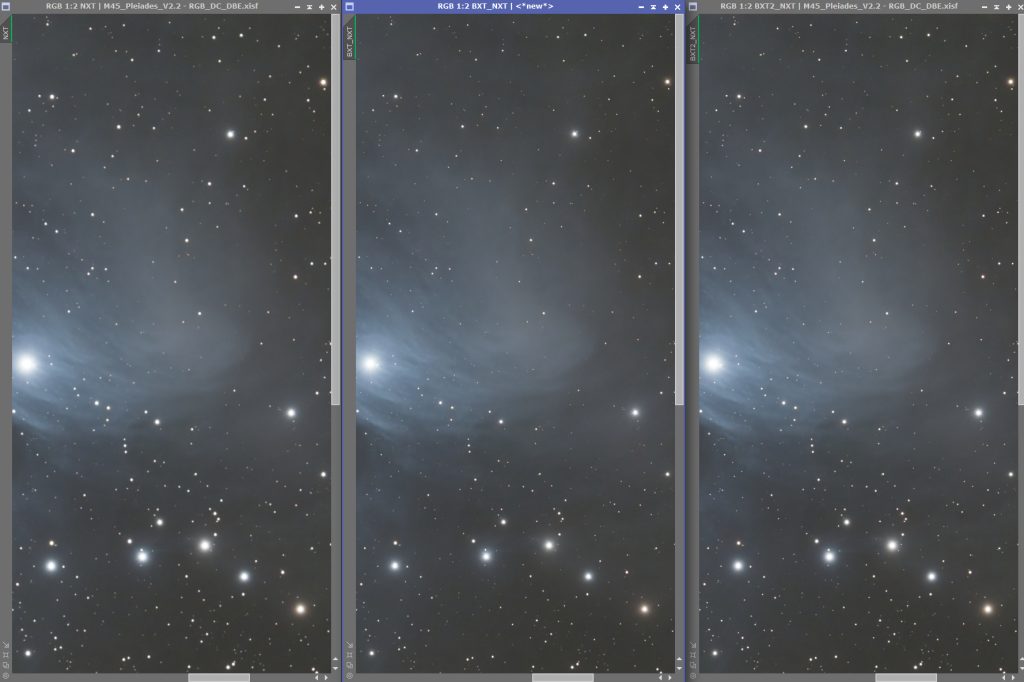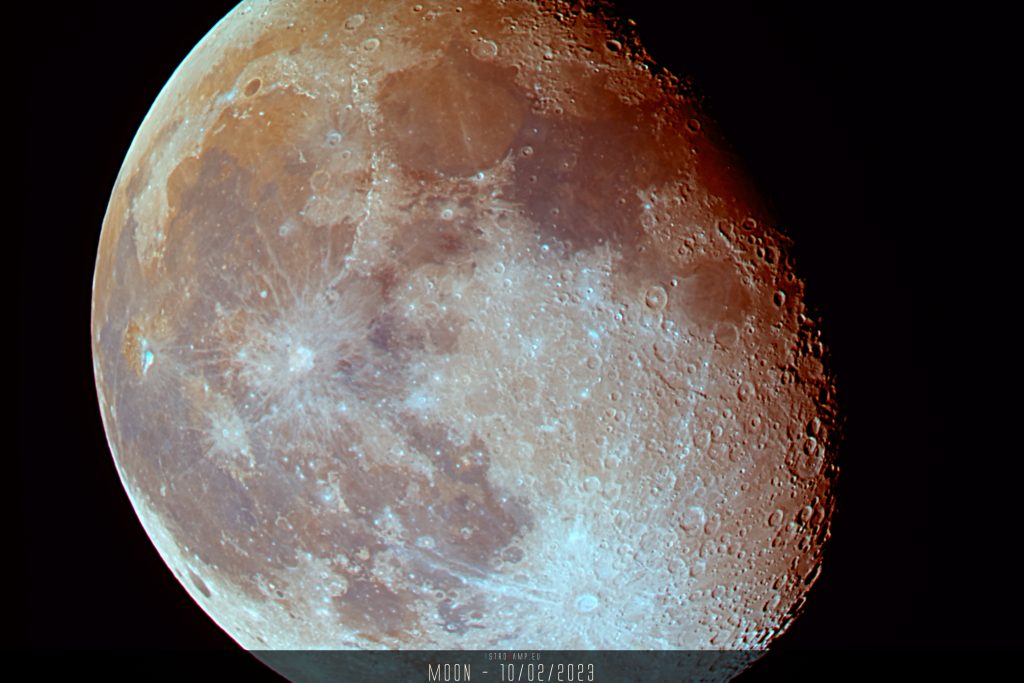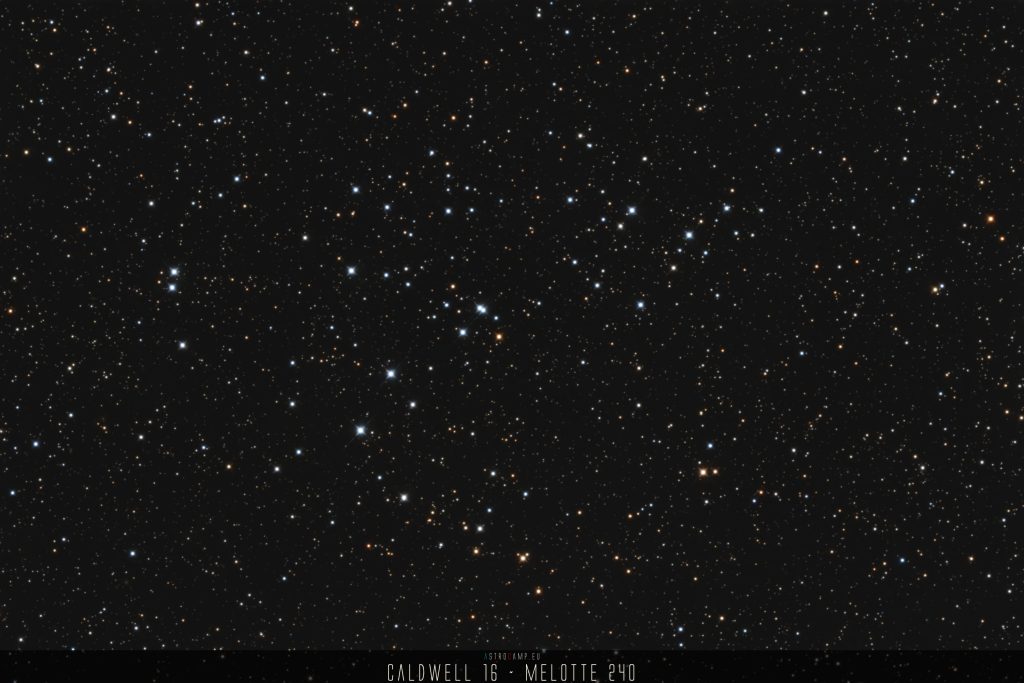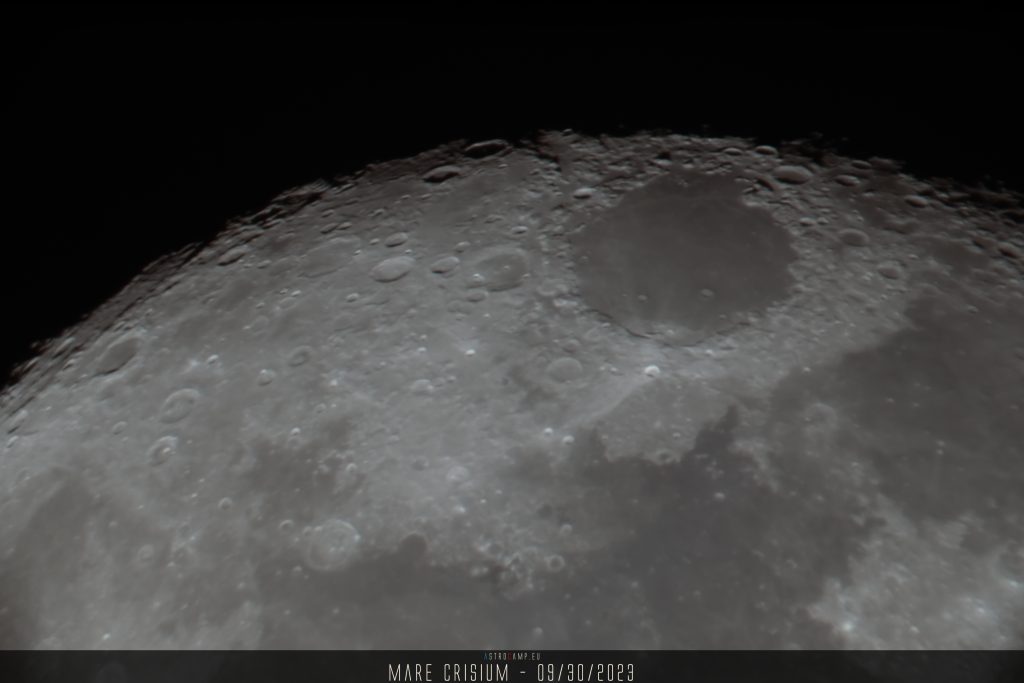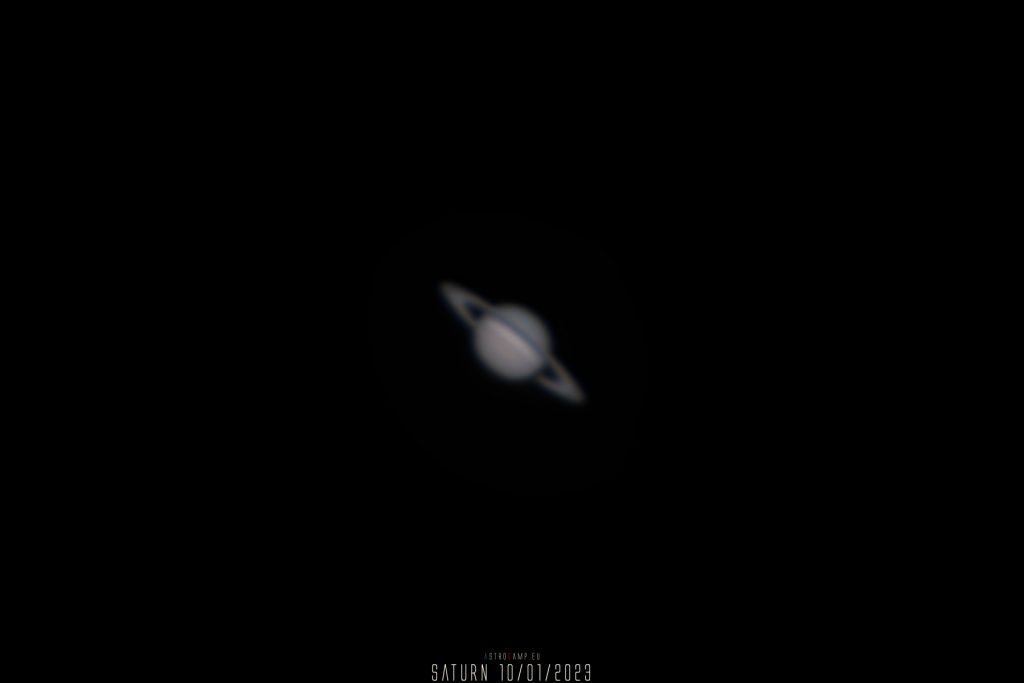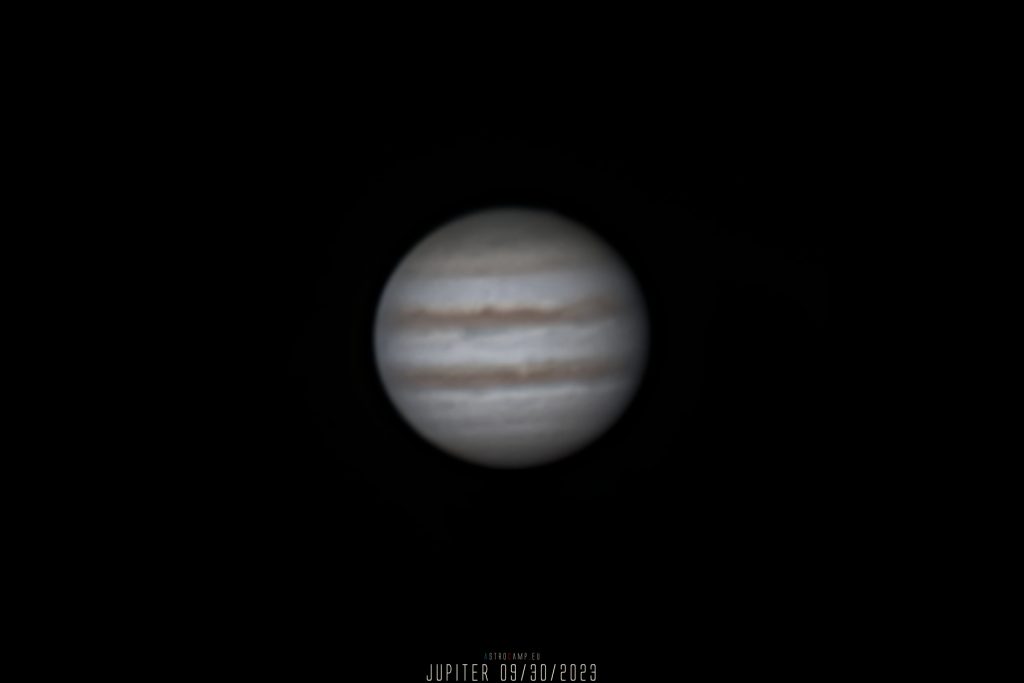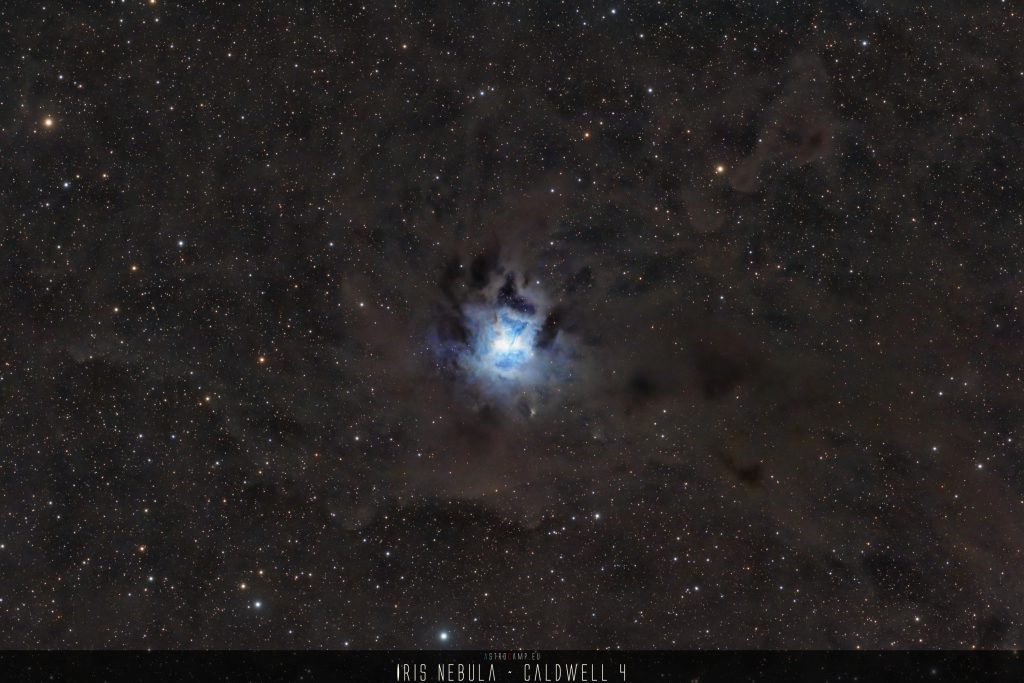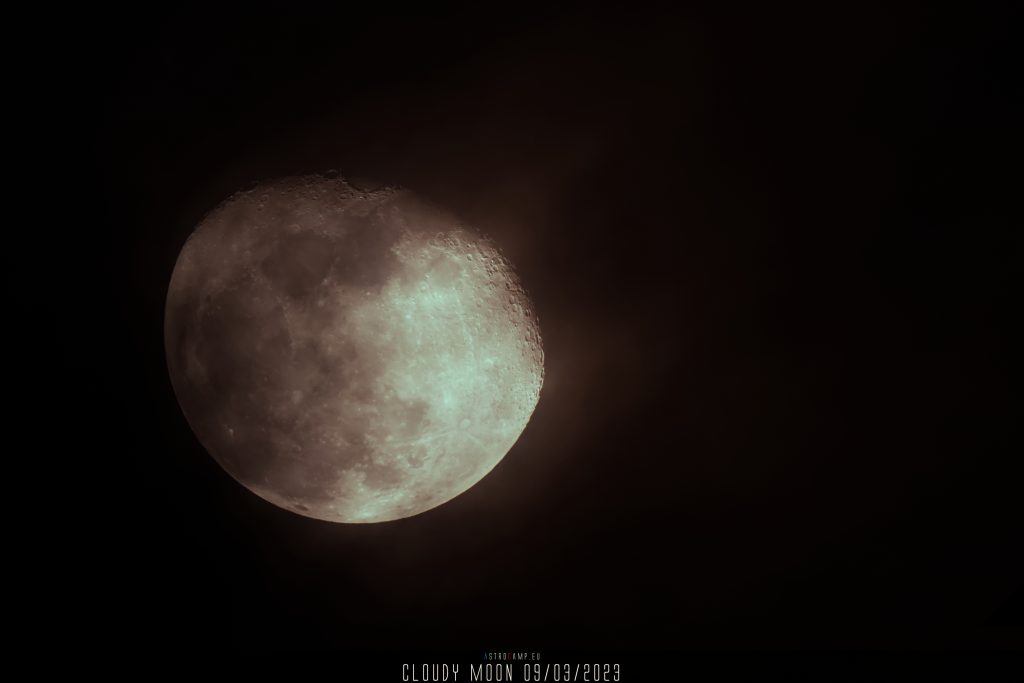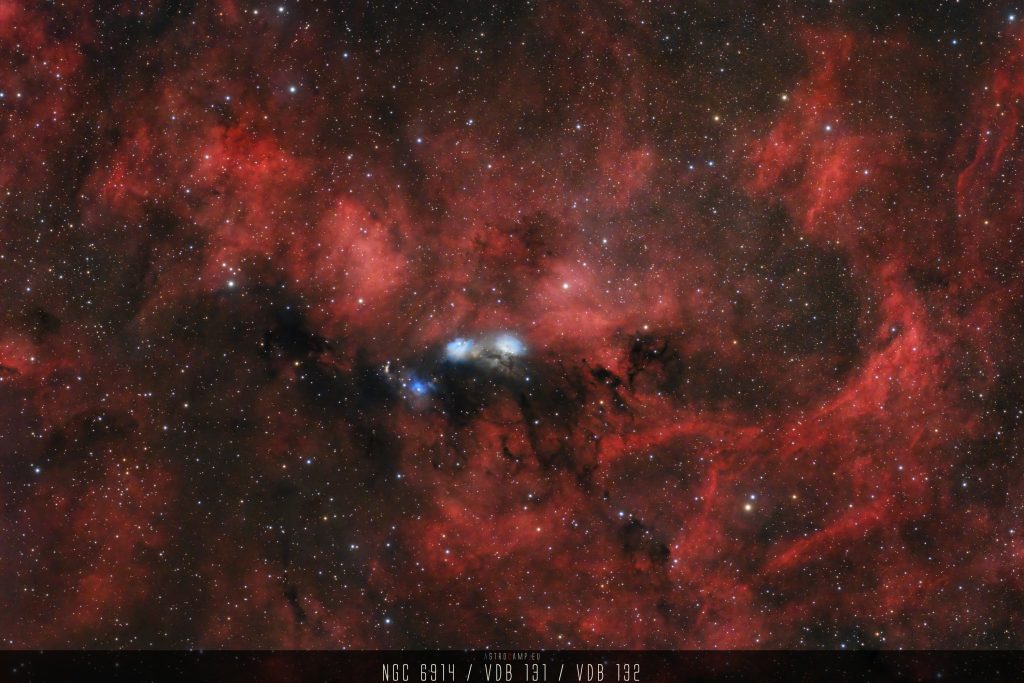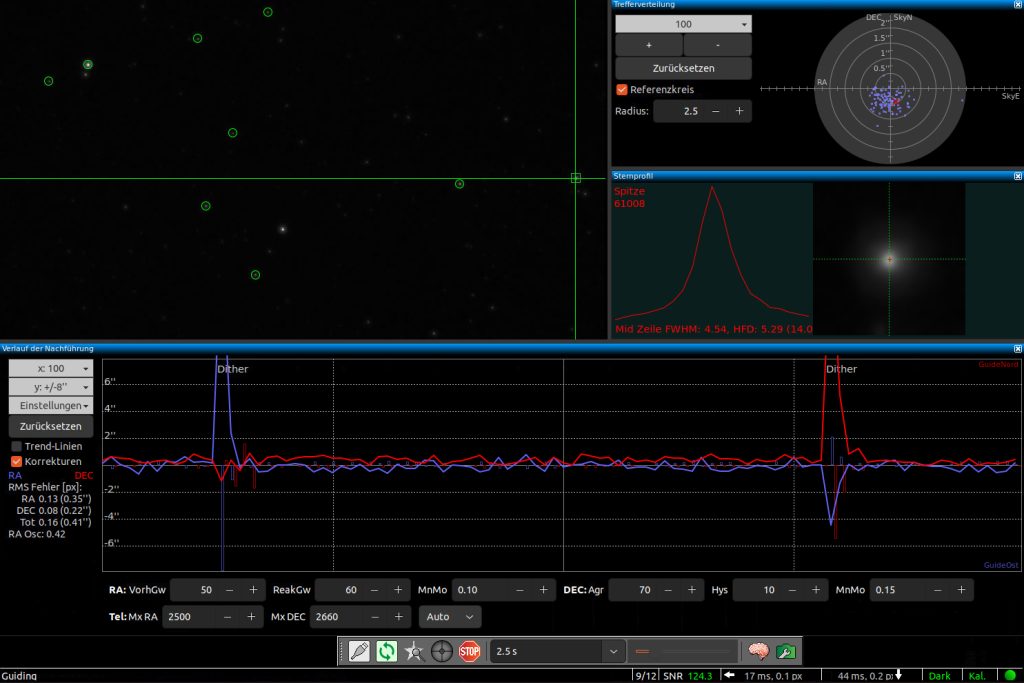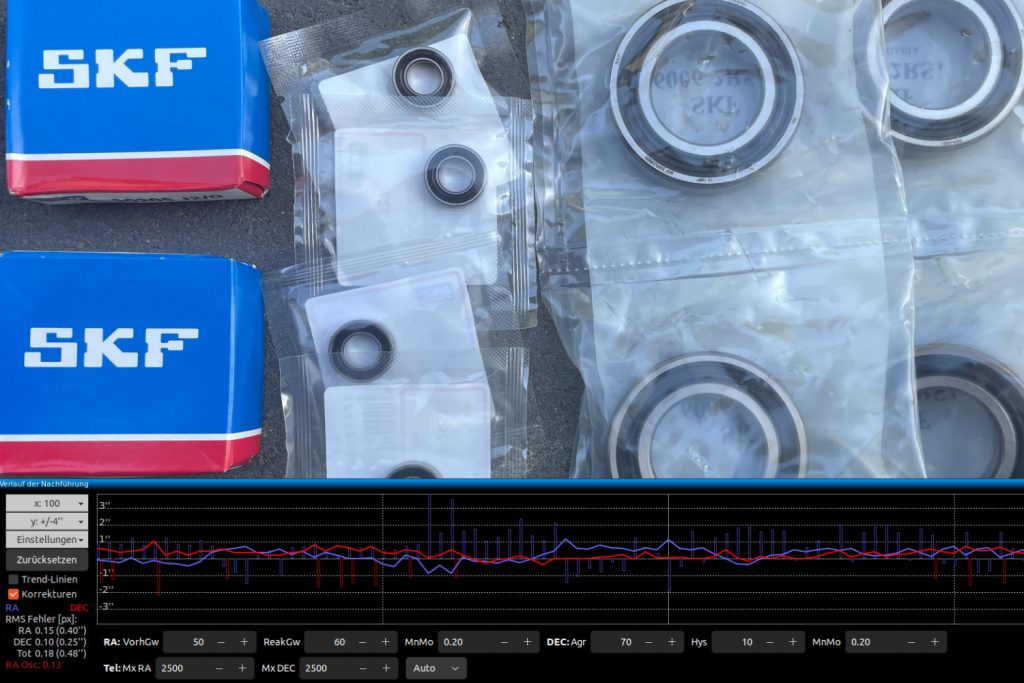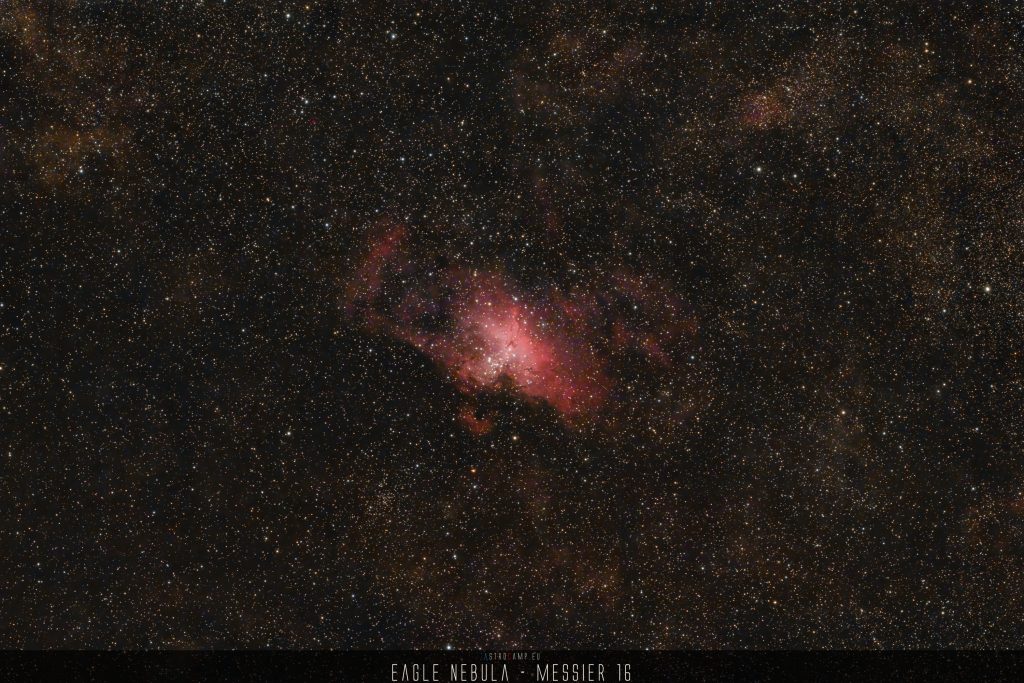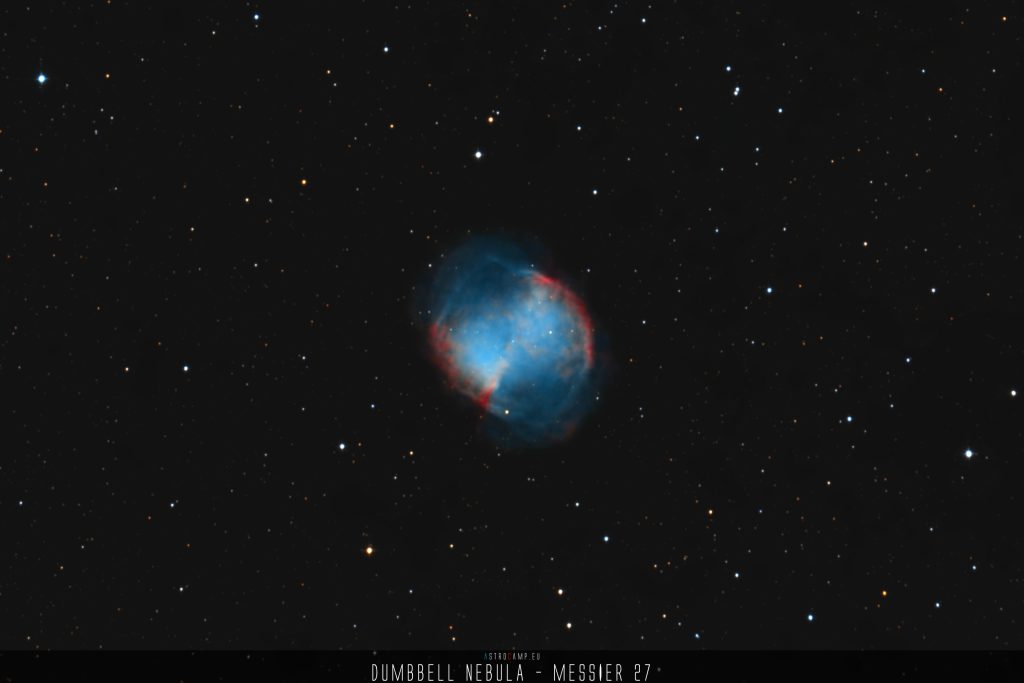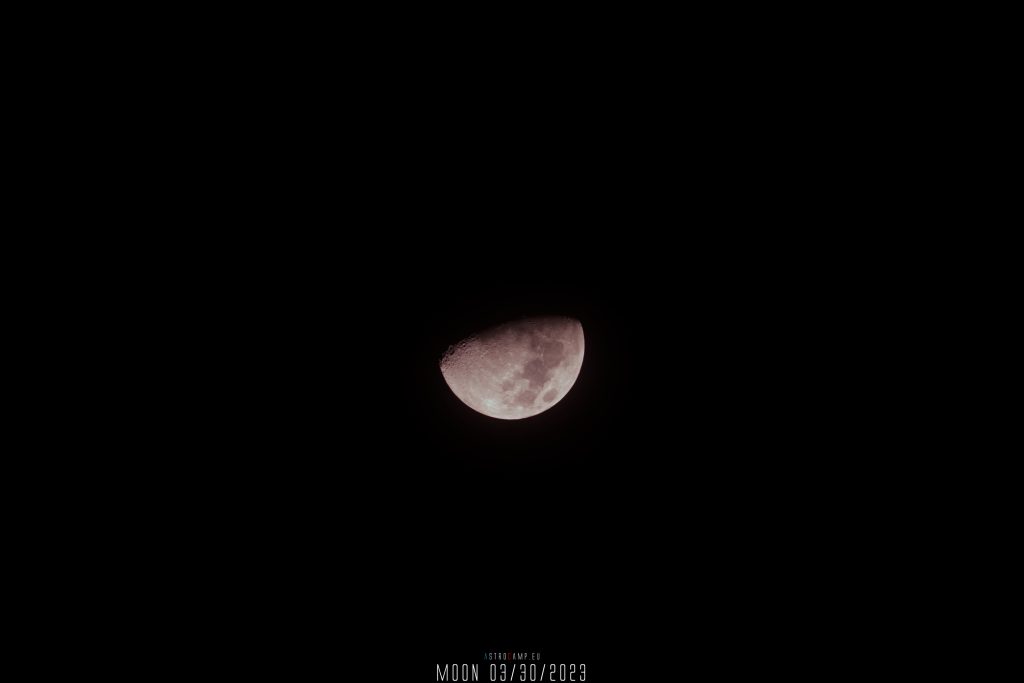Messier 45, also known as the Pleiades, is a stunning open star cluster located in the constellation of Taurus. Its beauty lies in the bright, blue-white stars that are surrounded by a delicate blue nebulosity. The cluster is visible to the naked eye and its appearance changes depending on the time of year and the observer’s location. It is a favorite among stargazers and amateur astronomers, who often refer to it as the “Seven Sisters” due to the seven brightest stars that can be easily seen. The Pleiades has been an object of fascination and wonder for thousands of years and continues to captivate people around the world with its ethereal beauty.
Position and region
Messier 45, also known as the Pleiades, is located in the constellation of Taurus, approximately 444 light-years away from Earth. The star cluster spans over 2 degrees of the sky, which is roughly four times the size of the full moon, and is visible from almost all parts of the world. The region surrounding the Pleiades is rich in interstellar gas and dust, and the cluster is believed to have formed from this material approximately 100 million years ago. The cluster is also located near several other notable astronomical objects, including the California Nebula and the Hyades star cluster.
Stars of the Pleiades
The stars of the Pleiades have common names that have been used for a long time in various cultures. The most well-known of these stars are Alcyone, Maia, Electra, Taygeta, Asterope, Celaeno, and Merope, although there are additional stars in the group that may also have common names.
Unique facts
- The Pleiades cluster is composed of around 1,000 stars, although only a handful are visible to the naked eye.
- The cluster is relatively young, with an estimated age of approximately 100 million years.
- The Pleiades have been a subject of myth and legend for thousands of years, with many cultures associating the cluster with various deities and celestial phenomena.
- The cluster is surrounded by a faint blue nebulosity, which is believed to be a reflection nebula formed from the light of the cluster’s hot young stars reflecting off of nearby dust and gas.
Pleiades – nebulae

There are several reflection nebulae associated with the Pleiades star cluster, the most prominent of which is the Merope Nebula (NGC 1435), which is a blue reflection nebula located near the star Merope in the Pleiades. Other reflection nebulae in the region include the IC 349, vdB 20, and vdB 21 nebulae, although these are generally fainter and less well-known than the Merope Nebula.
Pleiades – distance and appearance

The Pleiades have an apparent magnitude of about 1.2, which makes them one of the brightest star clusters in the night sky. The size of the cluster is often quoted as an angular diameter of about 110 arc minutes, which is roughly four times the size of the full moon in the sky. In terms of their physical size, the Pleiades extend over about 13 light-years in diameter and contain hundreds of stars, most of which are young, hot stars.
Names and numbers
- Pleiades: This is the most common name for Messier 45 and is derived from Greek mythology, where the cluster represents the Seven Sisters, the daughters of Atlas and Pleione.
- Seven Sisters: This is another common name for the cluster, referring to the mythological Seven Sisters.
- Subaru: In Japanese mythology, the Pleiades are known as Subaru, which translates to “unite” or “gather together”.
- M45: This is the Messier catalog number assigned to the Pleiades by Charles Messier in 1769.



